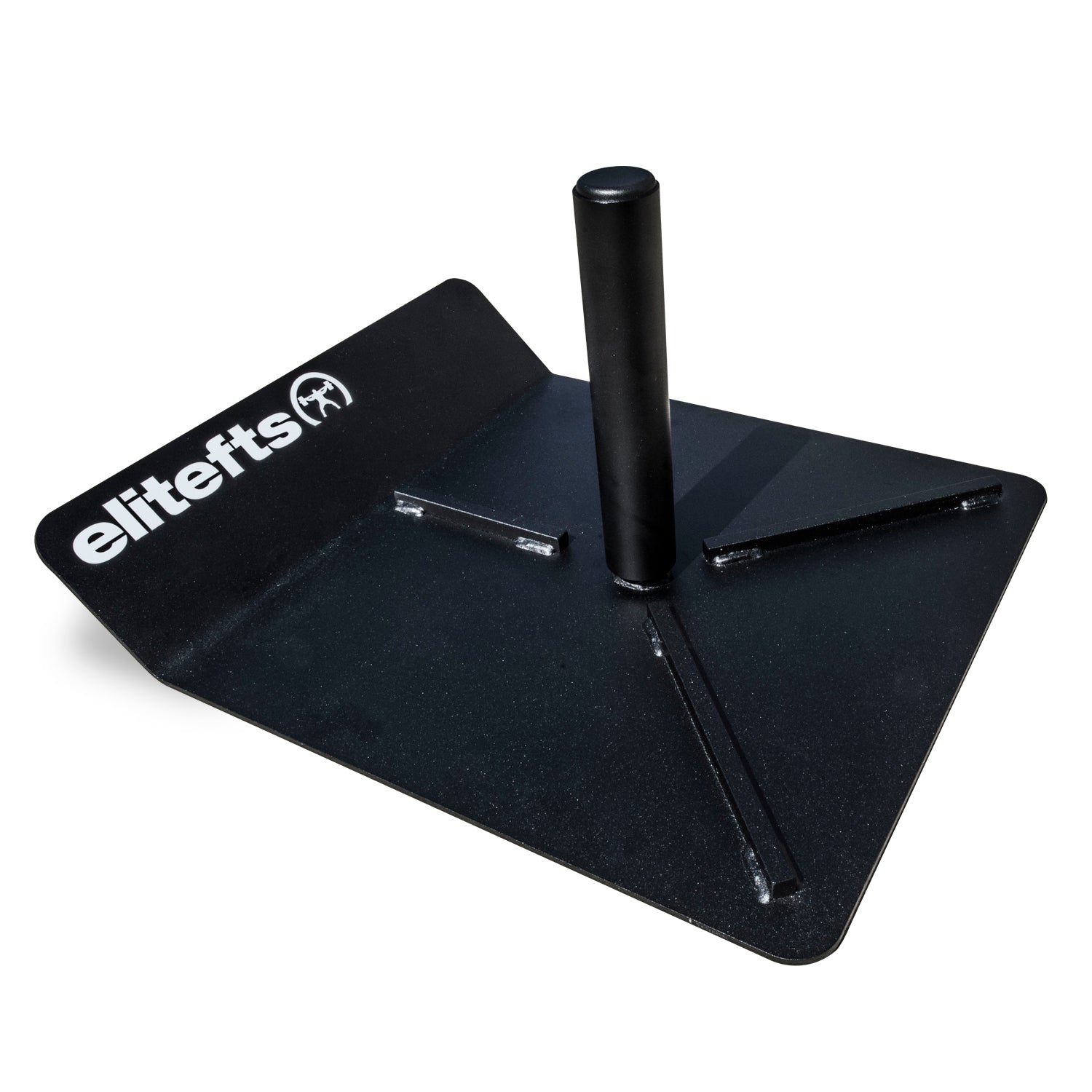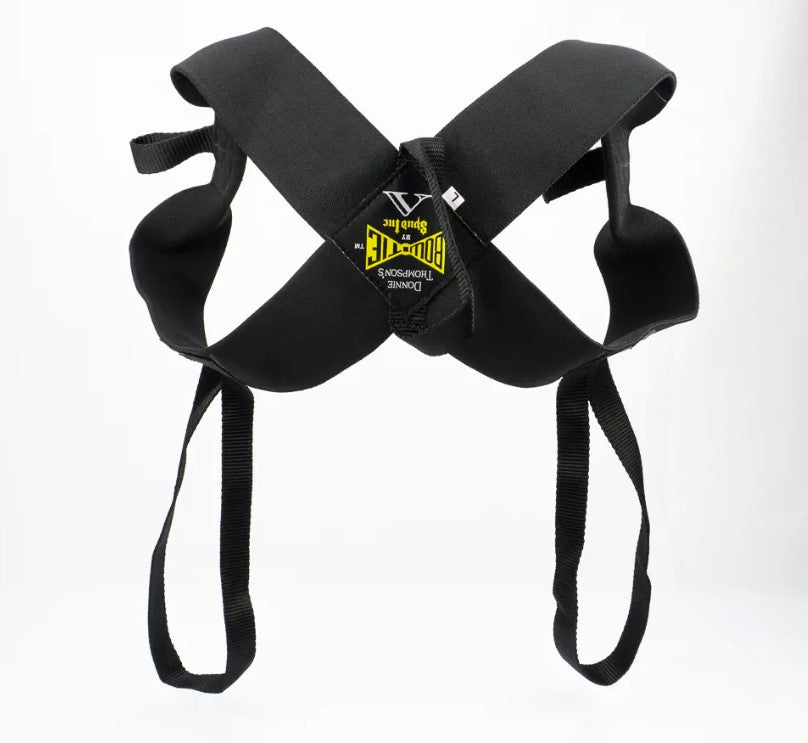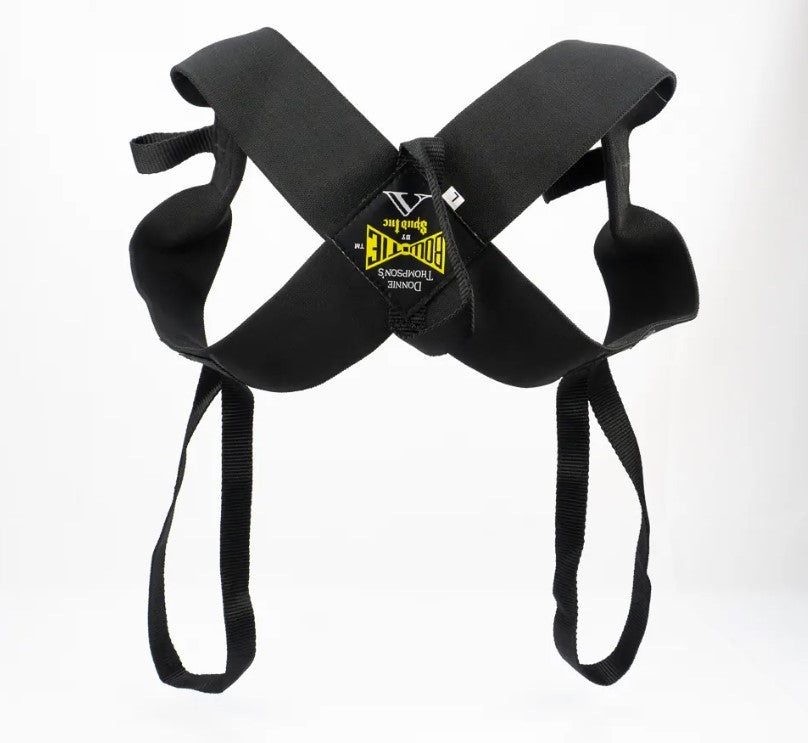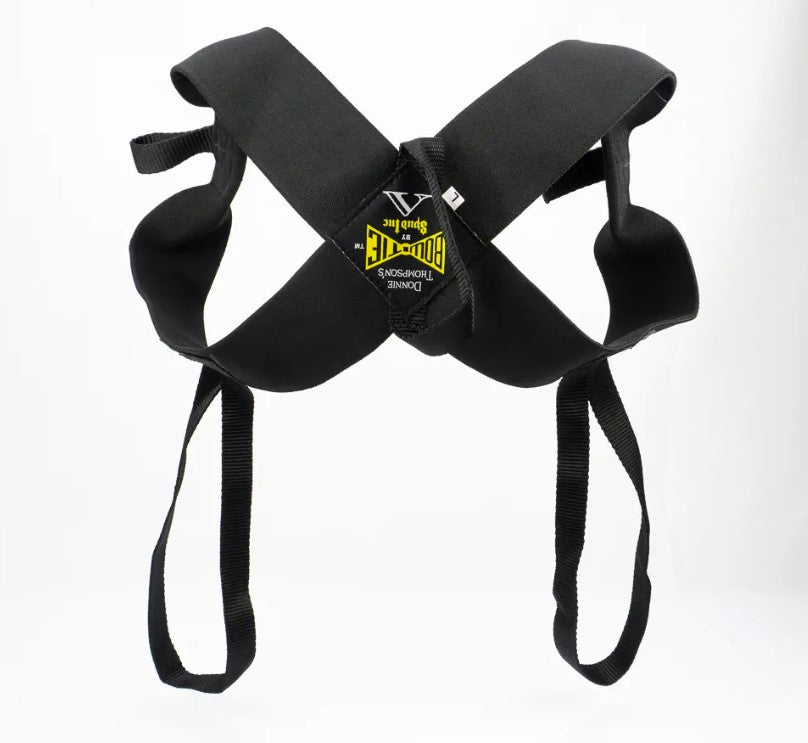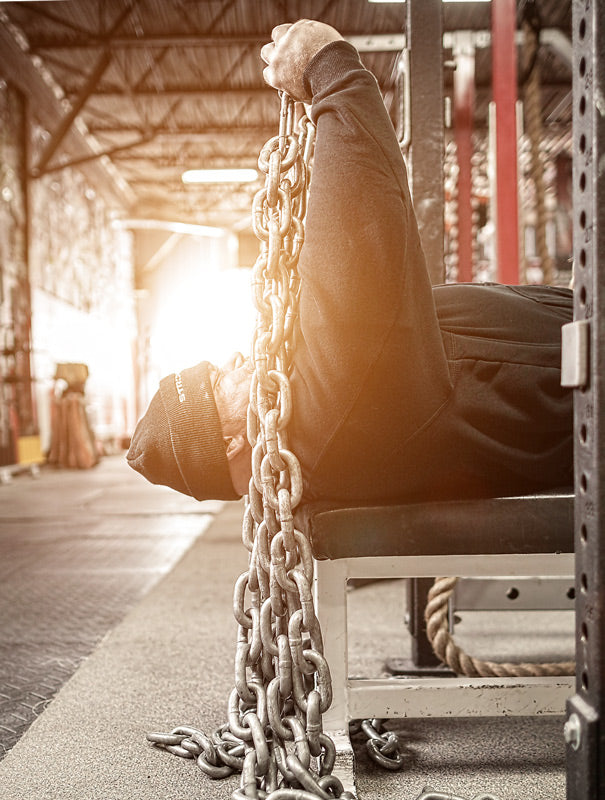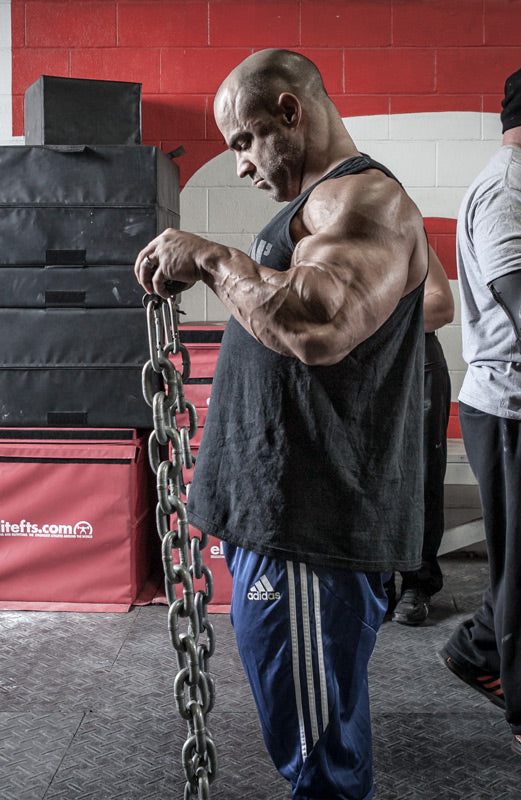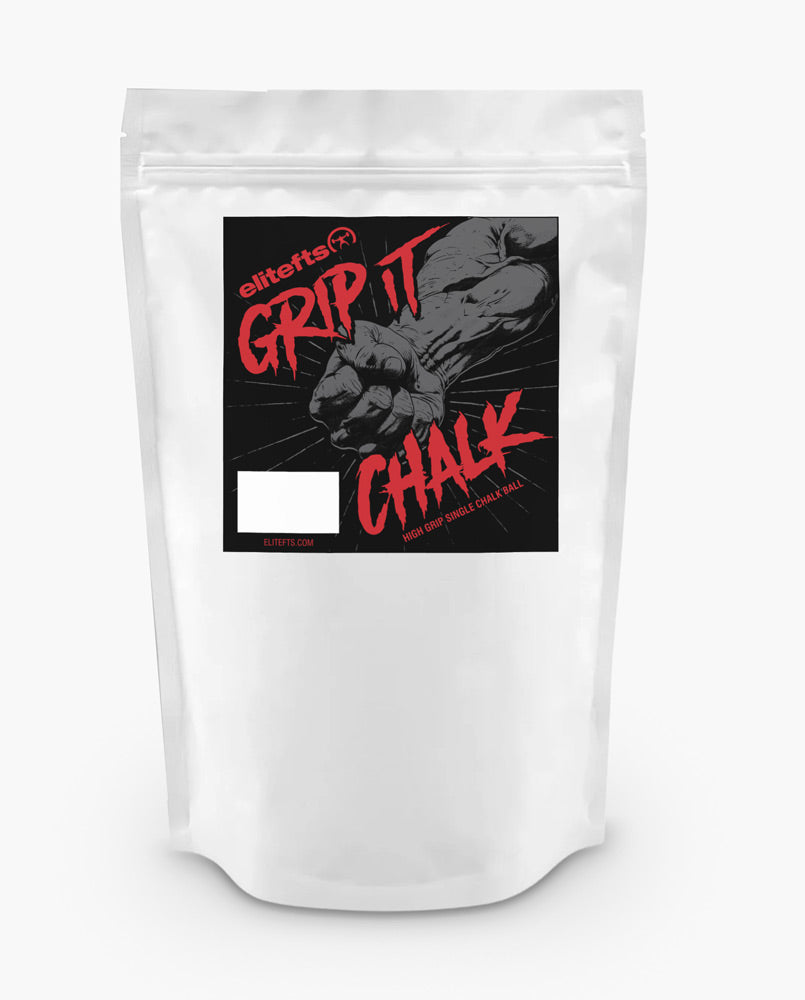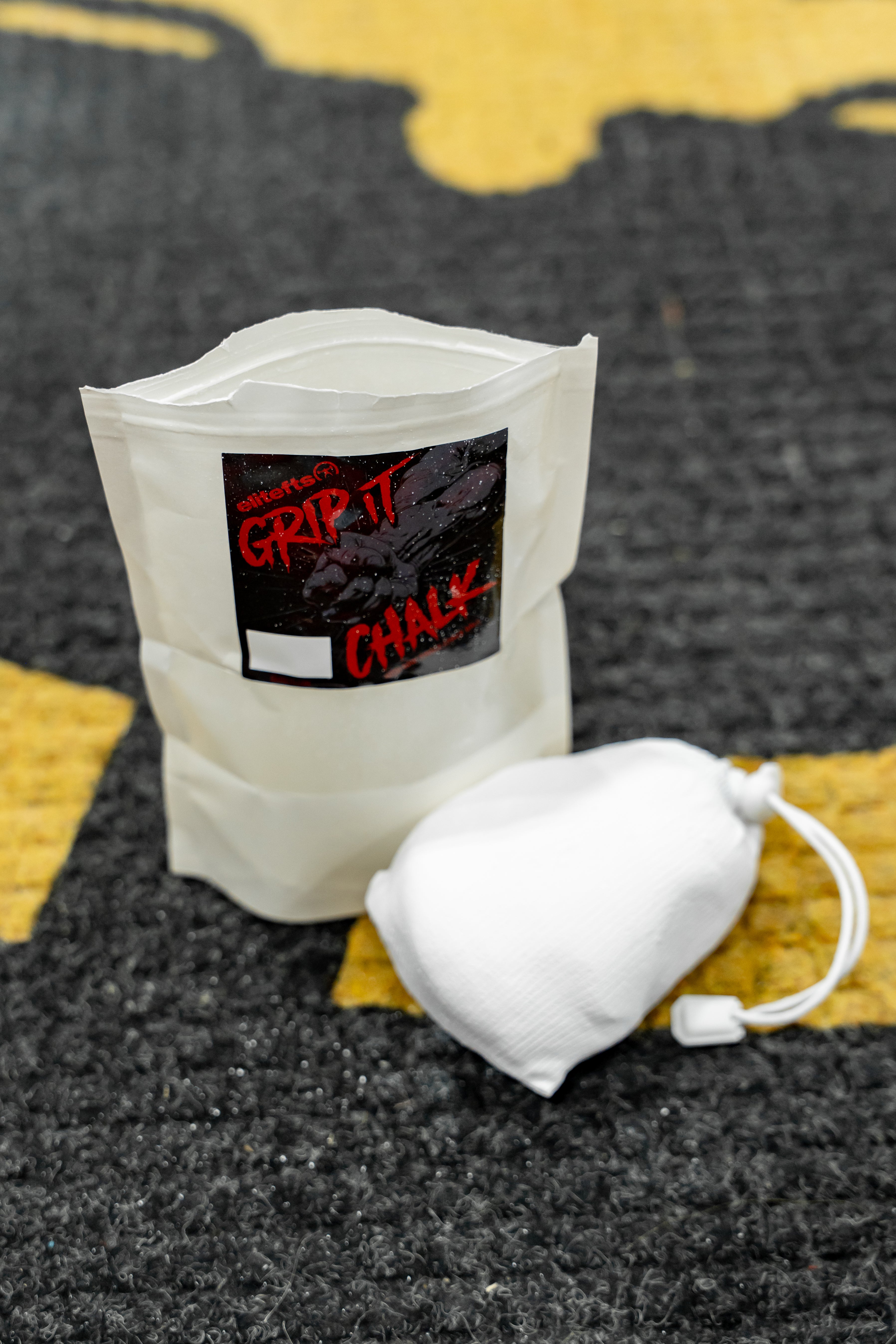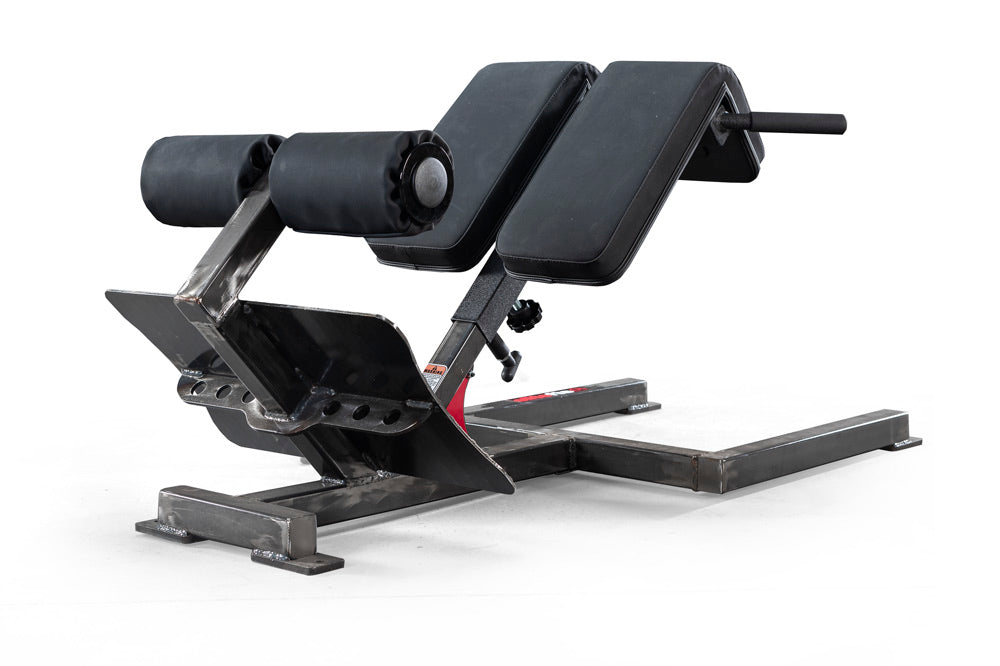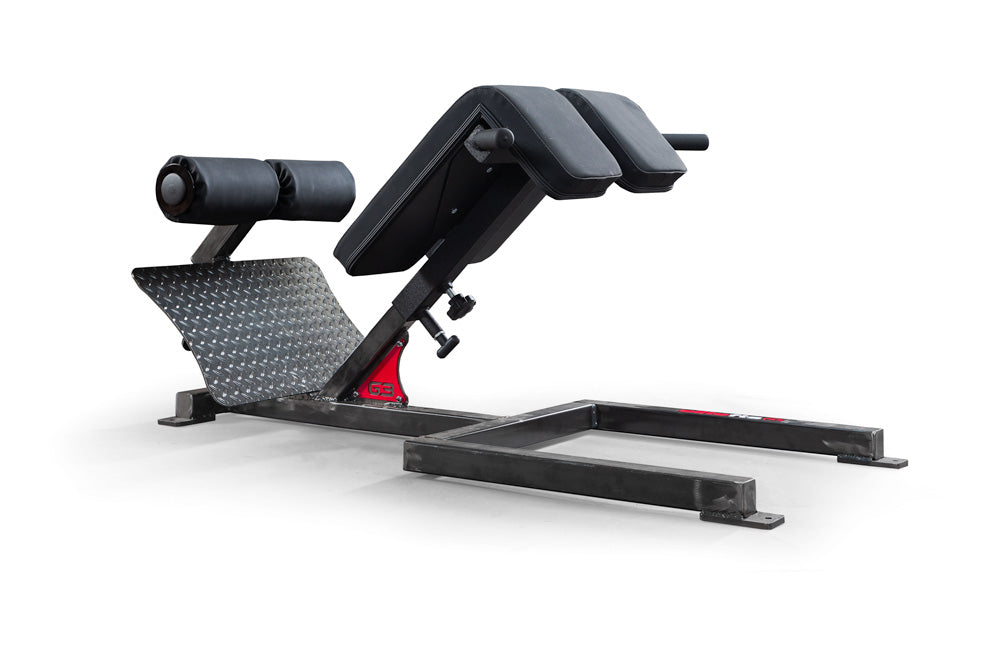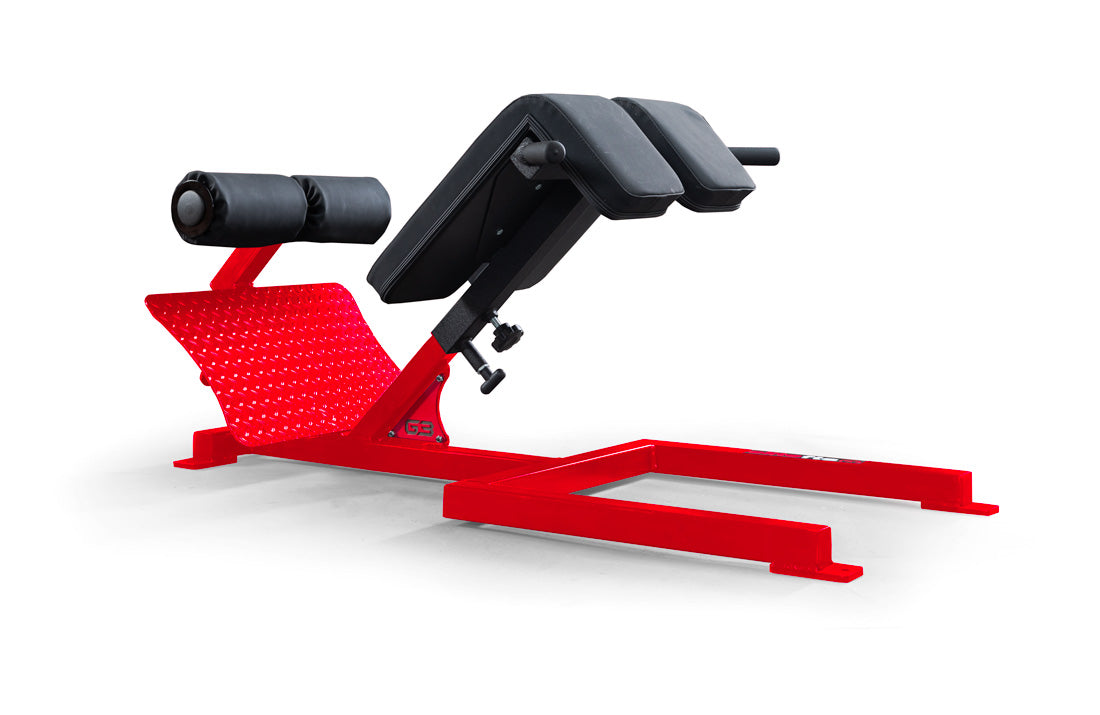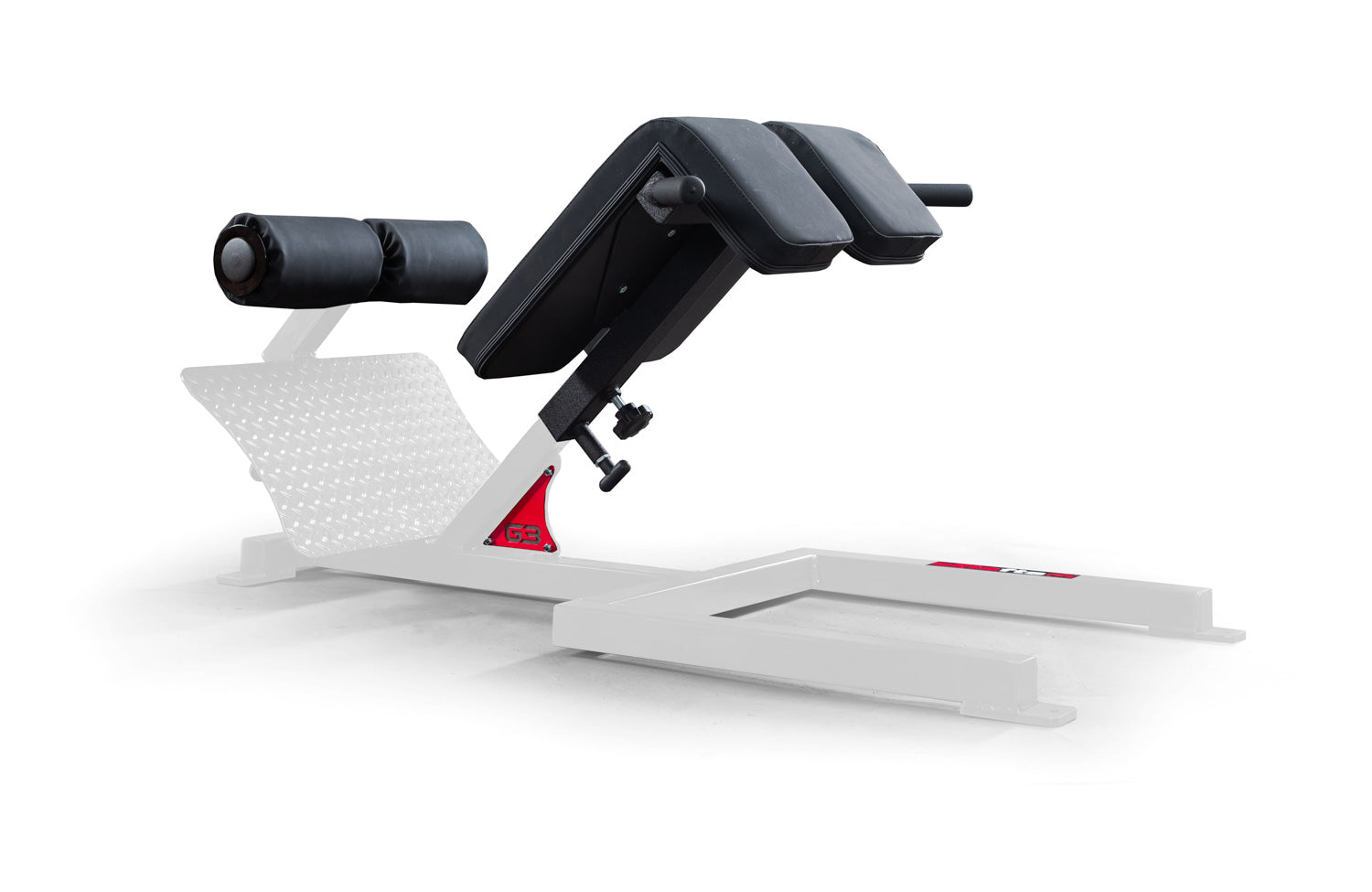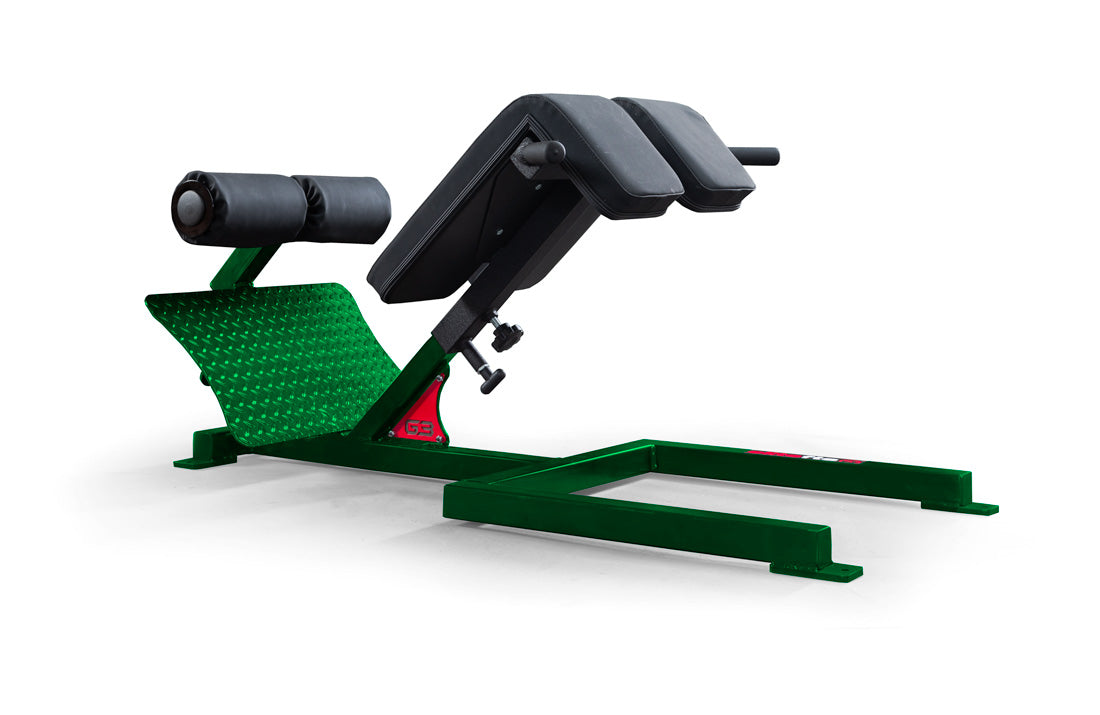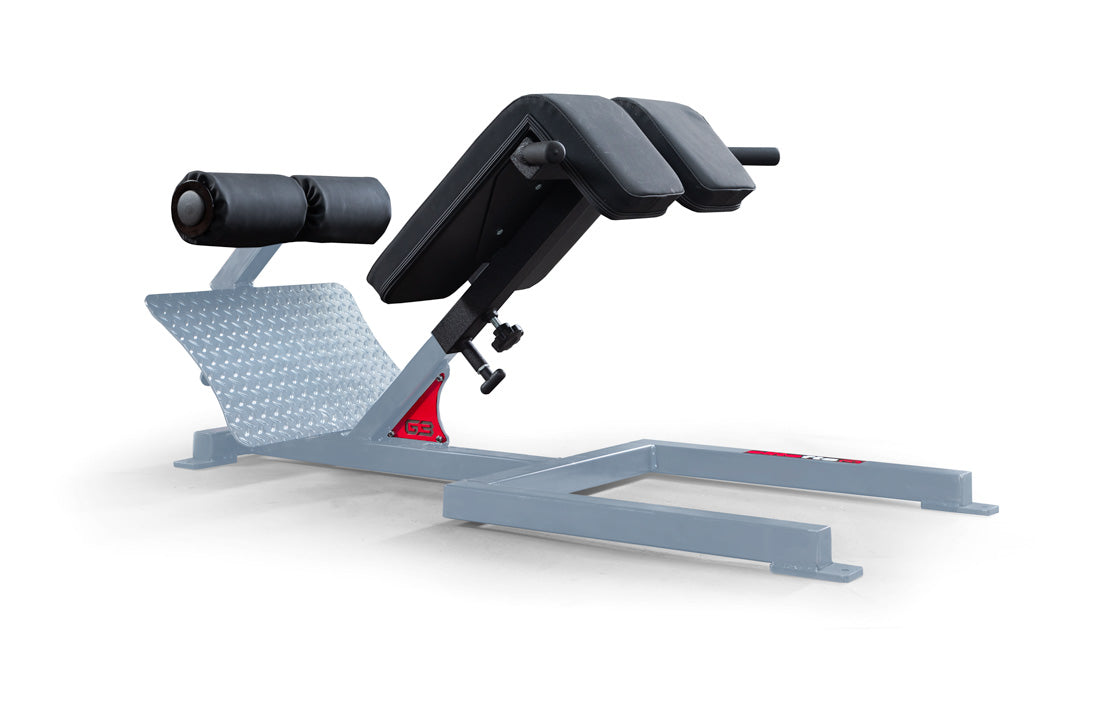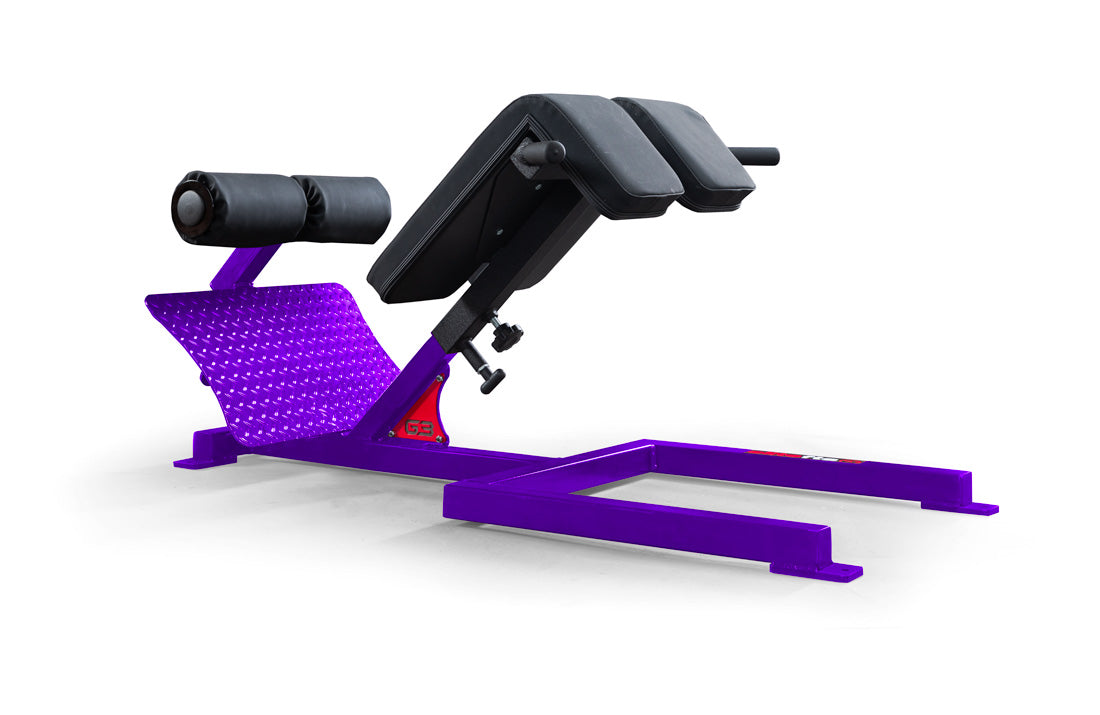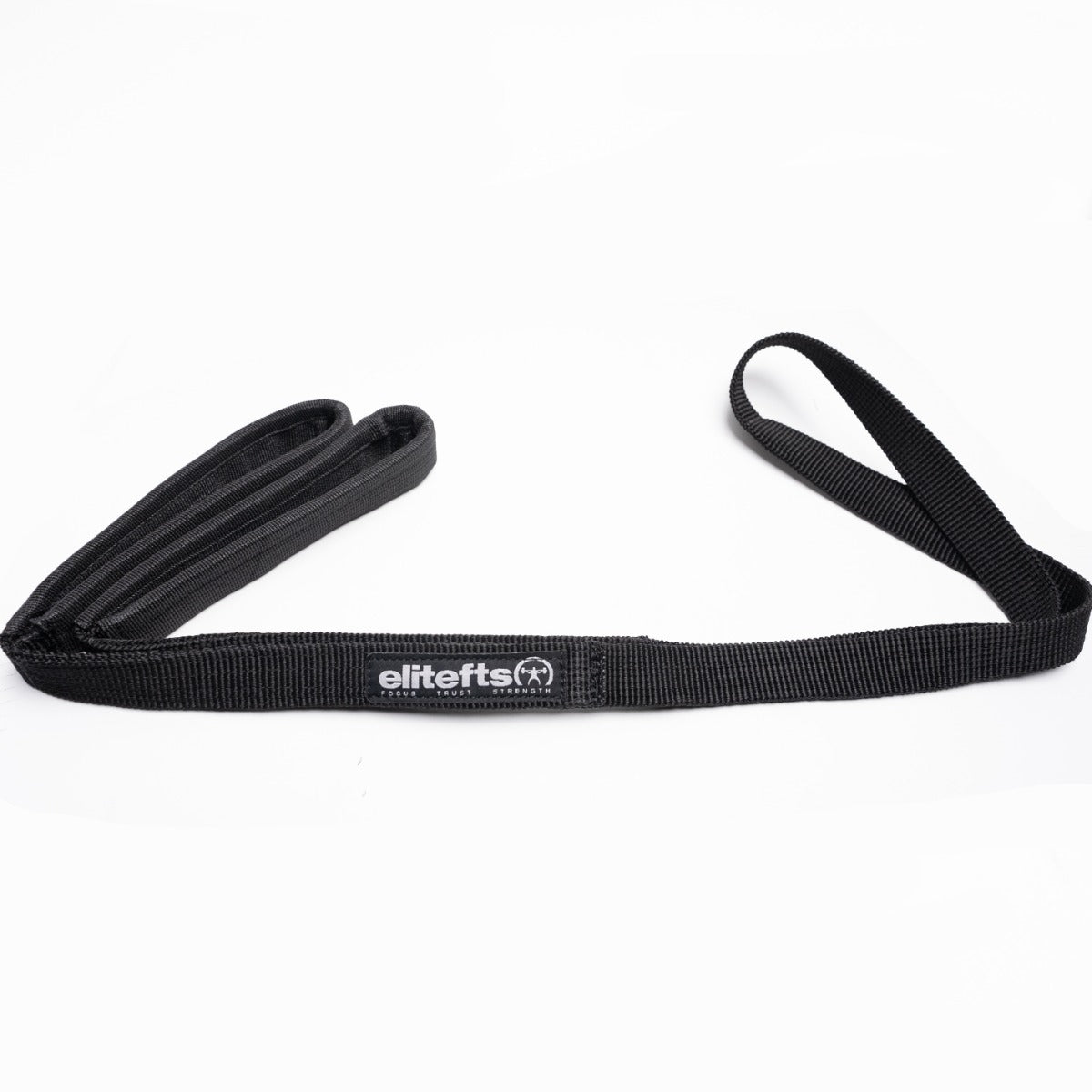Having used the conjugate system in my own training and with professional male basketball athletes, I’ve found it quite easy to “sell” the idea of max effort, dynamic, and repeated effort methods to experienced athletes and lifters. Following a move to another gym, I was introduced to applied functional science (AFS) by Chris Poljacik and Ben Dearman. The AFS training really supplemented the conjugate system in terms of injury prevention and prediction. However, I was having a hard time combining the two. It became a lot clearer when I worked with Ben, who had spent the previous three years combining traditional strength and conditioning (full body workouts 2–3 times a week) and AFS.
This year presented a new challenge for me. Could I get high school athletes to “buy” into the conjugate system? Ben and I both decided to combine our knowledge and tackle the problem together—Harley Davidson and the Marlboro Man style. We began this basketball season working with the Hanover (New Hampshire) high school girl’s varsity team (as well as some of the JV players). They began training in the beginning of September, three days per week. I have been using the “Westside for Skinny Bastards” template for a while now with my American Basketball Association team (2007 and 2008 ABA Champion Vermont Frost Heaves) and felt that this was a perfect group to try it with. A few of the girls had some training experience before this program so I basically had a bunch of athletic girls who were very eager to learn and improve. The group was made up of primarily underclassmen, and it ran the gamut from tiny freshman to very athletic juniors who had barely scratched their athletic potential. Our basic training split in the beginning was ME upper body on Monday, ME/DE lower on Wednesday, and RE upper on Friday. The athletes who had little or no training experience focused all of their time with the RE method and began with body weight squats, lunges, push-ups, and basic “core” work focusing on being able to stabilize and learn to move properly. Once we felt they had the proper form and necessary initial strength, we allowed them to get under the bar. In the pre-season training, we focused a lot on box jumps as our primary DE lower body movement, and the rest of the workout involved 3–4 accessory exercises with reps geared toward hypertrophy. The surface we used for the box jumps was dense interlocking flooring that we stacked up. The girls really enjoyed the challenge of trying to out jump each other in this exercise. Also, in the pre-season, we used the2-board and
3-board push-up a great deal for our upper body days before introducing the bench press. A typical week looked like this: Monday 2-board push-up, three sets 8–10 reps or max reps Dumbbell bench variation, three sets of 12 reps Pull-ups, four sets (assisted pull-ups with bands) or body weight rows, four sets of 8–12 reps Triceps, three sets of 10 reps Ab circuit, three sets Wednesday DE box jump or ME squat variation Squat movement, depending on ability: body weight, dumbbell, barbell, three sets of 8–12 reps Single leg movement: single leg squats, split squats, lunges, three sets of 10 reps
Glute ham raises, 3–5 sets of 5–15 reps depending on ability Friday Overhead press variation, three sets of 8–12 reps Assisted pull-ups/chin-ups, four sets of max reps Shoulders: single arm presses, lateral raises, plate raises, dumbbell cleans, three sets of 8–12 reps Triceps, three sets of 10–12 reps Ab circuit, three sets The core lifts that we used throughout the season were box squats, bench presses, deadlifts, chin/pulls, and push presses. I consider the push press to be a core lift due to the specific demand of basketball players to jump repeatedly with their hands overhead. I really liked an article written a while back, which talked about using the term “best effort” on a given lift. I feel like this made the girls more comfortable with working with heavier, more challenging weights. Our ME days were based on the athletes “best effort” that day, and we worked up to 3–5 rep maxes. Even when testing the girls, we only went to a 3RM. We didn’t use a whole lot of variation from the core lifts in the pre-season because we really wanted to focus on the basics—squeezing the bar, staying tight, and just being comfortable lifting heavier than they’re used to. We are lucky enough to have a collegiate glute ham raise from EliteFTS at our facility, and this was a staple of our program. We also used kettlebells a great deal and found that although they may have complained a bit in the beginning, these tended to “grow on them.” We actually have one freshman girl who is about 120 lbs soaking wet, who claims the glute ham raise is her favorite exercise. Go figure! As their training progressed and the season started, we began to implement variations of our core lifts. Other upper body lifts used were floor press, incline bench press, and dumbbell snatch. Our most utilized lower body exercises were front squat, hex bar deadlift, and high pull. Once the season began, the girls continued training but only twice a week. Some of them would also come in on Saturday mornings, which shows a real dedication to what they hoped to achieve. The in-season template switched to one day being ME upper/DE lower and the other ME lower/RE upper. They played games mainly on Tuesday or Wednesdays and Fridays so our ME lower on Saturdays was a good way to break it up because they generally weren’t that worn out from the previous night’s game to put in a good effort. I was fortunate enough to be “turned onto” the conjugate training system, and when I had the opportunity to work with a high school basketball team, I jumped at the chance to combine training styles. I questioned whether they would both work together. AFS is concerned with mostability (the combination of mobility and stability) and strength in three planes of motion (sagittal, transverse, and frontal). A powerlifting foundation is more concerned with strength in one plane of motion (sagittal) with a carryover to the other two. After that season, I am now a convert and am getting ready for my first powerlifting meet along with five other clients who I train! In the pre-season, the girls came in two to three times a week. They are typical high school students so they had a plethora of other responsibilities. On any given week, the workouts could have as many as twelve girls or as few as six. The first thirty minutes of every workout was devoted to using principles of AFS to help the girls with any nagging injuries as well as to help “injury proof” them. During this time, they did their “functional warm up” or what I call their movement preparation. Functional training and functional warm up are words that have been thrown around a lot. They have been used to describe exercises (standing on a Bosu ball while juggling flaming dumbbells), ideas (anything that helps you in your sport), and training styles (“I use kettlebells and stability balls because they embody functional training”). AFS is the science of how the body moves with or against gravity and ground in three dimensions. This idea was made popular by Gary Gray and David Tiberio via their “Chain Reaction” workshops as well as their DVDs. It has since grown exponentially due to the popularity of the Gray Institute and the GIFT program. The warm up was based around the premise that most basketball players and females in general have common problems and injuries as noted below.
- Chronically sprained ankles
- Ankle joint physical laxity (i.e. tendons and ligaments stretched from too many sprains)
- Ankle joint neurological tightness (i.e. the body’s desire not to be injured again, thus it takes steps to control motion at the ankle in an active state)
- Poor dorsiflexion and plantar flexion
- Tight calves (gastroc and soleus)
- Weak and tight glutes due to excessive sitting and/or ankle sprains
- Tight glutes, specifically the external rotators
- Weak glutes, specifically in controlling internal rotation and facilitating external rotation
- Tight hamstrings
- Weak/tight/injury prone lower back
- “Sore,” “achy,” “painful,” “hurt,” “injured” knees most likely due to limited mobility at the ankle and weakness in the glutes. Also knee pain was found to be attributed to IT band tightness due to overactive and tight TFLs, iliopsoas, and rectus femoris
- jump ropes
- mountain climbers
- medicine ball
- some sort of explosive triple extension drill
- Lateral band walk outs
- Partner squats (two girls, one pushed on the knees of the other while she squats)
- Single leg balance in various planes and directions
- Clam shells
- four count butt stretch
- Shin cradle
- Emphasizing driving the hips back
- Emphasizing both toes pointed straight ahead
- Emphasizing knee over ankle of bent leg and straight locked opposite leg
- Same as a regular lateral lunge but reach down and touch the toes of the leg that is straight while keeping weight on the opposite side
- Forward knee over the lead ankle, weight on the heel
- Back knee down
- Back foot into dorsiflexion
- Drive the back foot into the ground
- Toes and heels
- With internal and external rotation
www.vermontfrostheaves.com). Ben is way cooler and has his own website at
www.bendearman.com. Elite Fitness Systems strives to be a recognized leader in the strength training industry by providing the highest quality strength training products and services while providing the highest level of customer service in the industry. For the best training equipment, information, and accessories, visit us at www.EliteFTS.com.





































